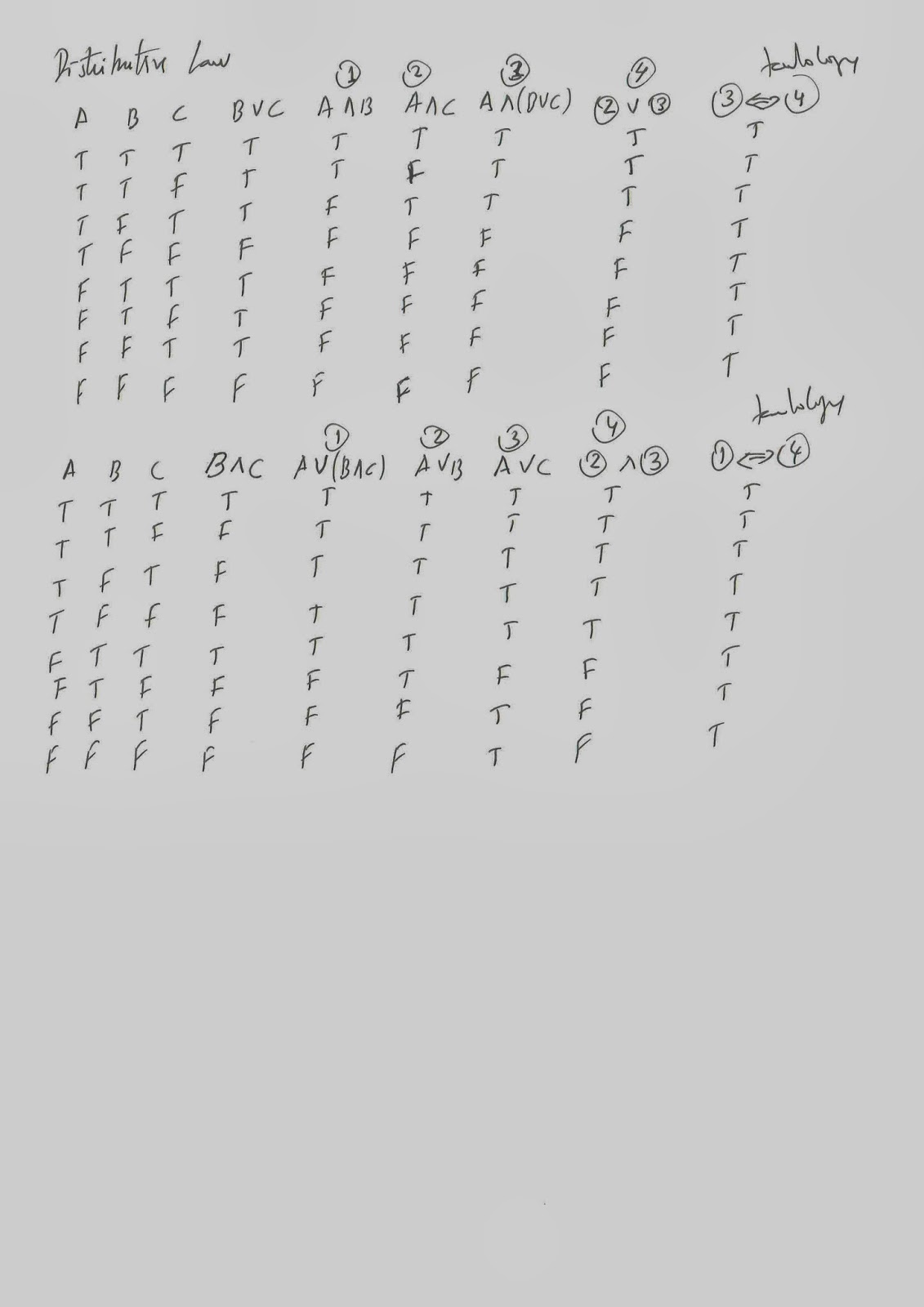Sunday, March 9, 2014
Problem Set 4 - The Finite-Dimensional Metric Space of Real Vectors
Friday, February 28, 2014
Wednesday, February 19, 2014
Tuesday, February 18, 2014
MOVIES - GREAT CONTRIBUTORS TO MATHEMATICAL ECONOMICS - JOHN NASH
John Forbes Nash Junior renamed mathematician which surname is sinonyms of economic equilibria.
Nash Equilibria is a commom reference index of economic textbooks, mainly those on game theory or microeconomic theory. His life were interpreted by Russell Crowe.
http://www.imdb.com/title/tt0268978/?ref_=nv_sr_1
Nash Equilibria is a commom reference index of economic textbooks, mainly those on game theory or microeconomic theory. His life were interpreted by Russell Crowe.
http://www.imdb.com/title/tt0268978/?ref_=nv_sr_1
MOVIES - GREAT CONTRIBUTORS TO MATHEMATICAL ECONOMICS - DANIEL ELLSBERG
In decision theory some paradoxes sourced from von Neumann-Morgenstern utilities, amongst them Ellsberg Paradox were renamed during the sixties mainly because the properties of vN-M utility function. Daniel Ellsberg, in his short academic life, proposed a paradox to vN-M utility function and his controversial bureaucratic pentagon life was registered in movie.
http://www.imdb.com/title/tt1319726/?ref_=fn_al_tt_1
http://www.imdb.com/title/tt1319726/?ref_=fn_al_tt_1
Saturday, February 15, 2014
Problem Set 3 - Space of Real Numbers (Applied Mathematical Methods to Economics - Summer Course)
Exercises from Corbae, Stinchcombe, and Zeman (2009) – odd ones
Exercise 3.3.17
(Cauchy Sequences)
Exercise 3.3.31 (The
Real Numbers: Definition and Basic Properties)
Exercise 3.4.7 (The Completeness of the Real Numbers)
Exercise 3.4.13 (The
Completeness of the Real Numbers)
Exercise 3.5.3 (Geometric Sums)
Exercise 3.7.17 (Monotone Sequences)
Exercise 3.8.1
(Products of Sequences and ex)
Exercise 3.9.3
(Lim inf and Lim sup)
Exercise 3.9.5 (Lim
inf and Lim sup)
Exercise 3.9.11
(Discount Factors Close to One)
Thursday, February 13, 2014
SOLUTION - PROBLEM SET 2 – PART 2 – SET THEORY (updated)
Exercise 2.2.5 (Notation
and Other Basics)
Exercise 2.2.7 (Notation
and Other Basics)
Exercise 2.2.13
(Products, Relations, Correspondences, and Functions)
Exercise 2.5.3
(Optimal Choice for Finite Sets)
Exercise 2.5.7
(Optimal Choice for Finite Sets)
Exercise 2.6.3
(Direct and Inverse Images, Compositions)
Exercise 2.6.5
(Direct and Inverse Images, Compositions)
Exercise 2.6.11
(Direct and Inverse Images, Compositions)
Exercise 2.6.19
(Direct and Inverse Images, Compositions)
Exercise 2.6.27
(Direct and Inverse Images, Compositions)
Exercise 2.7.9
(Weak and Partial Orders, Lattices)
Exercise 2.7.15
(Weak and Partial Orders, Lattices)
Exercise 2.8.3
(Monotonic Changes in Optima: Supermodularity and Lattices)
Exercise 2.8.11
(Monotonic Changes in Optima: Supermodularity and Lattices)
Exercise 2.8.13
(Monotonic Changes in Optima: Supermodularity and Lattices)
Exercise 2.8.15
(Monotonic Changes in Optima: Supermodularity and Lattices)
Exercise 2.8.19
(Monotonic Changes in Optima: Supermodularity and Lattices)
Exercise 2.8.21
(Monotonic Changes in Optima: Supermodularity and Lattices)
Exercise 2.9.3 (Tarski’s
Lattice Fixed-Point Theorem and Stable Matchings)
Exercise 2.9.15
(Tarski’s Lattice Fixed-Point Theorem and Stable Matchings)
Exercise 2.9.19
(Tarski’s Lattice Fixed-Point Theorem and Stable Matchings)
Exercise 2.9.23
(Tarski’s Lattice Fixed-Point Theorem and Stable Matchings)
Exercise 2.9.27
(Tarski’s Lattice Fixed-Point Theorem and Stable Matchings)
Exercise 2.9.29
(Tarski’s Lattice Fixed-Point Theorem and Stable Matchings)
Exercise 2.10.3
(Finite and Infinte Sets)
Exercise 2.10.11
(Finite and Infinte Sets)
Exercise 2.10.13
(Finite and Infinte Sets)
Exercise 2.10.17
(Finite and Infinte Sets)
Exercise 2.12.7
(Revealed Preference and Rationalizability)
Exercise 2.13.2
(Superstructures)
Exercise 2.15.1
(End-Chapter Problems)
Exercise 2.15.3 (End-Chapter Problems)
Thursday, February 6, 2014
SOLUTION - PROBLEM SET 1 - PART 1 - LOGIC (updated)
1.1) and 1.2)
1.3) and 1.4)
1.5) and 1.6)
1.7)
1.8)
1.9)
1.10)
1.11)
1.12)
1.13)
1.14)
1.15)
1.16)
1.17)
1.18)
1.19)
1.20)
1.21) and 1.22)
1.23)
1.24)
1.25)
1.26)
1.27) and 1.28a)
1.28b)
2)
3)
4) and 5)
6)
7) Exercises from CSZ
1.3.3)
1.3.5)
1.3.7)
1.3) and 1.4)
1.5) and 1.6)
1.7)
1.8)
1.9)
1.10)
1.11)
1.12)
1.13)
1.14)
1.15)
1.16)
1.17)
1.18)
1.19)
1.20)
1.21) and 1.22)
1.23)
1.24)
1.25)
1.26)
1.27) and 1.28a)
1.28b)
2)
3)
4) and 5)
6)
7) Exercises from CSZ
1.3.3)
1.3.5)
1.3.7)
Subscribe to:
Comments (Atom)

.jpg)
.jpg)





















































